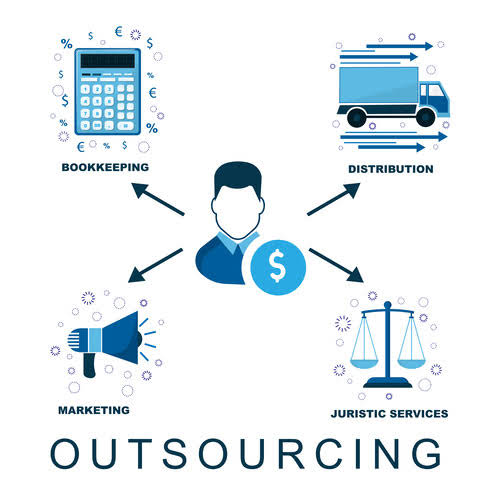
The simplest way to calculate this expense is to use the straight-line method. The formula for this is (cost of asset minus salvage value) divided by useful life. The income statement account depreciation expense journal entry Depreciation Expense is a temporary account. Therefore, at the end of each year, its balance is closed and the account Depreciation Expense will begin the next year with a zero balance.
Whether you’re new to F&A or an experienced professional, sometimes you need a refresher on common finance and accounting terms and their definitions. BlackLine’s glossary provides descriptions for industry words and phrases, answers to frequently asked questions, and links to additional resources. Global brands and the fastest growing companies run Oracle and choose BlackLine to accelerate digital transformation. BlackLine delivers comprehensive solutions that unify accounting and finance operations across your Oracle landscape. Our solutions complement SAP software as part of an end-to-end offering for Finance & Accounting.
Example of the Depreciation Entry
Depreciation expense is recognized on the income statement as a non-cash expense that reduces the company’s net income or profit. For accounting purposes, the depreciation expense is debited, and the accumulated depreciation is credited. Depreciation expense is recorded on the income statement as an expense or debit, reducing net income. Accumulated depreciation is not recorded separately on the balance sheet.
Straight-line depreciation is the simplest method of allocating a fixed asset’s cost over its useful life. It is calculated by subtracting the salvage value from the cost https://www.bookstime.com/ basis and dividing the result by the number of years of useful life. This provides an equal amount of depreciation expense for each year of the asset’s useful life.
What Is the Difference Between Depreciation Expense and Accumulated Depreciation?
Get exclusive insights regarding daily summaries by joining Synder webinar – register now. Learn the difference between daily summary and per transaction recording in our blog. Let’s assume that ABC Co bought machinery for its manufacturing production of $50,000. Contra accounts are used in the general ledger to offset the value of another corresponding account. Stay up to date on the latest corporate and high-level product developments at BlackLine.
- In contrast, items such as cash and accounts receivable are considered short-term assets because they are liquid, meaning they can be converted to cash in less than a year.
- Therefore, the net book value at the end of year 5 is $1,000 which is the estimated scrap value.
- The depreciation rate may vary depending on the type of asset, the method of depreciation used, and other factors.
- Fixed assets are the physical assets of the business that have a life of more than one year and are used in the production of income.